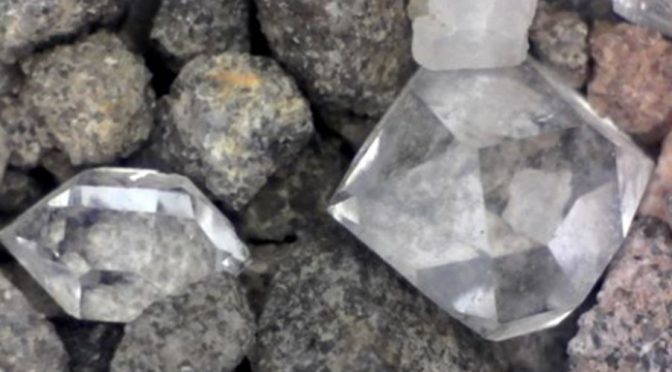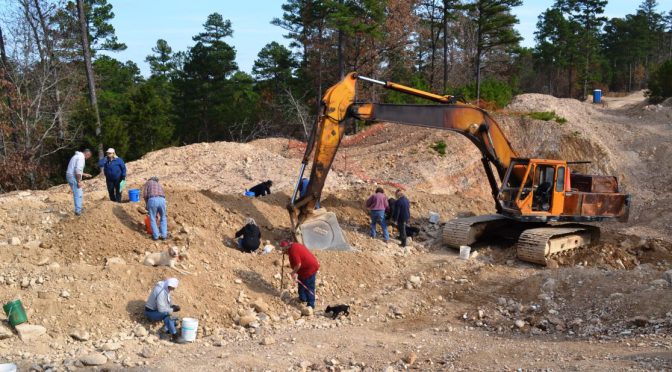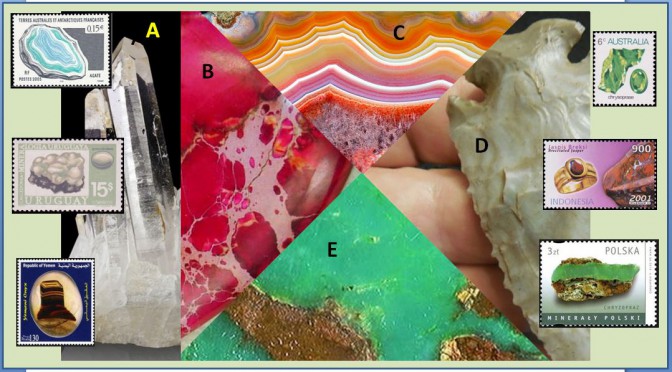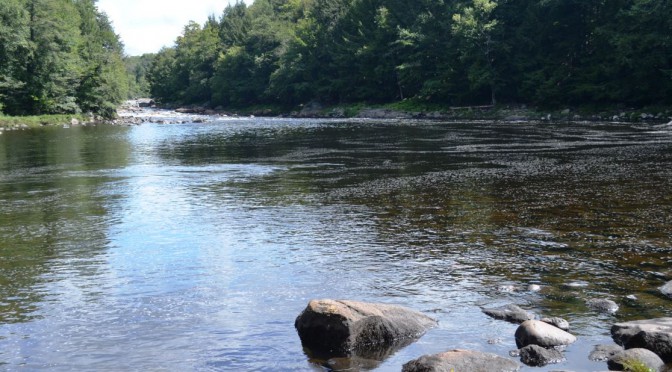
On April 1st, Wayne County Gem and Mineral Club was planning to open its 2020 field season with a visit to Ace of Diamonds in Middleville, NY. The coronavirus has intervened with our plans and this annual rite of passage is not possible this year, but we can spend time enjoying the Herkimers we have collected on past trips.
For most folks these are small- or modest-sized crystals collected from the piles of rock the owners have hauled from their active, off-limits, mining area behind the hill. And I certainly spend time digging and breaking large rocks in search of centimeter or inch-sized diamonds. But, when the club visited last October, just before the site went into its annual hibernation, I did something a bit different.
Continue reading Herkimer sand →

In November of 2017, Wayne County Gem and Mineral Club undertook a 9 day collecting trip to Arkansas-Tennessee-North Carolina. This is mostly a photo essay from the first half of the trip in the Arkansas quartz district of Mt. Ida and Jessieville. Published in WCGMC December 2017 newsletter. Part II on the rest of the trip will follow.
3300 miles and 3300 pounds of Arkansas quartz: the miles are accurate, but the weight may be a bit of an understatement. Once someone started putting large clusters and quartz-covered pieces into the trailer (I think it was Glenn!) it seemed contagious. Everyone simply needed more! Buckets were filled at three sites, half bushel baskets with crystals encased in red Arkansas mud were purchased, we traded for yet more, and eventually even the spaces under the seats in the van were dedicated to Arkansas quartz. And we hadn’t even headed to North Carolina yet!
Continue reading Arkansas for QUARTZ →

Published in the February issue of WCGMC News
Quartz is simple. Right? Just a silicon (Si) atom nestled in the center of a tetrahedral form surrounded by four oxygen atoms. Build them together, let the silica-centered tetrahedral motifs share oxygen atoms and bingo we have SiO2. Quartz crystals grow from this. They grow into beautiful clear, milky or smoky trigonal crystals with six-sided prisms terminating in six-sided pyramids, simple as a childhood erector set or a Lincoln Log cabin (with that distinctive green roof). Herkimer diamonds are our favorites, but amethyst and citrine colors are nice too.
OK, but now we are told that quartz which grows rapidly or under “special” conditions can be cryptocrystalline, a condition that exists when the individual quartz crystals are too small to see even with an optical microscope. And this apparently changes everything. No longer are we collectors satisfied to apply the common mineral name, albeit with a few modifiers for color (amethyst, citrine, rose quartz).
Continue reading The Many Names of Quartz →

Everyone likes the color purple and mineral collectors like shiny crystal surfaces and perfect terminations. Therefore, is it any wonder that amethyst attracts attention? Whether it is spotted in a 2” miniature specimen off matrix, filling a small geode, or covering a huge Brazilian crystal cathedral, eyes are always drawn to the splendor exhibited by a fine amethyst piece. Given its appeal, is it any surprise that amethyst is the February birthstone?
Continue reading Amethyst – February Birthstone →

When most of us think of quartz in New York State we think of Herkimers. Yes, that is quartz and they are very nice. But last summer WCGMC found another site in the state to collect quartz and get wet at the same time. In September, we searched the shores of the Moose River.
Continue reading Moose River Quartz →
Retired, collecting minerals and stamps, growing flowers and vegetables, and when the spirit moves, toying with technology




